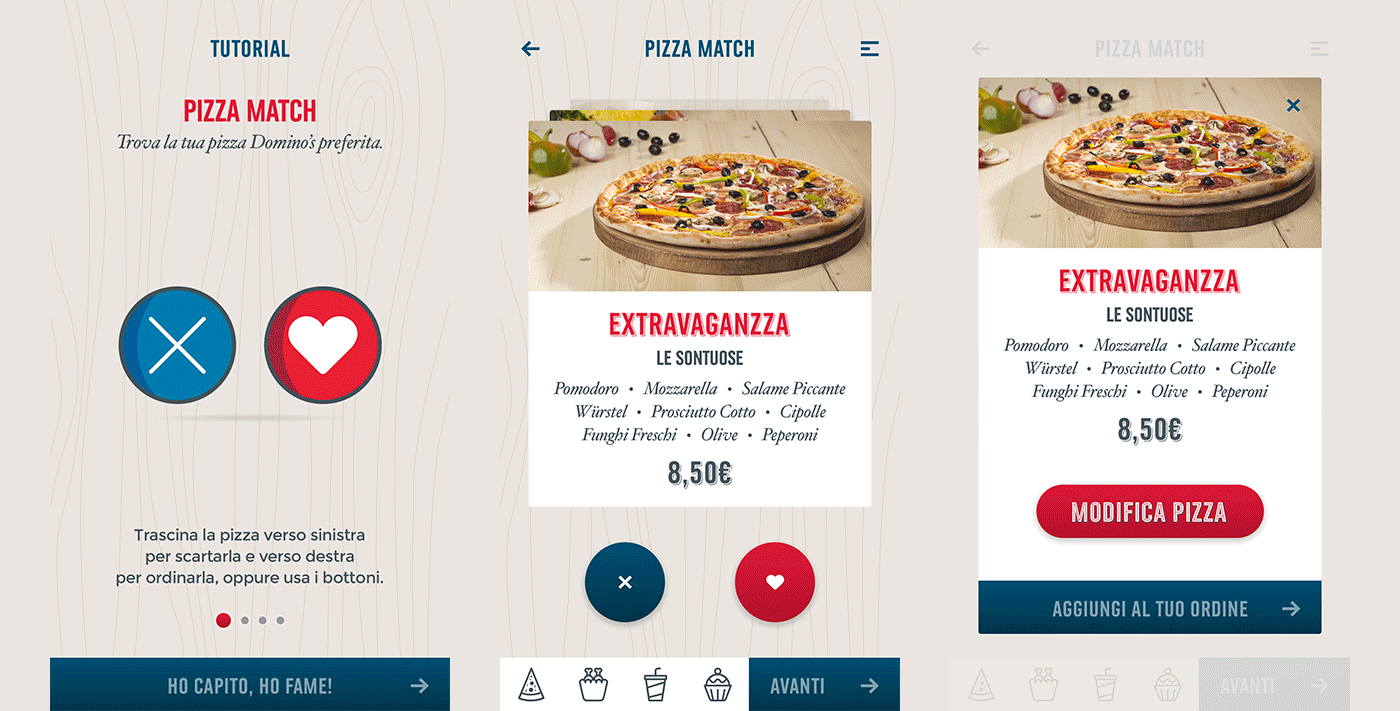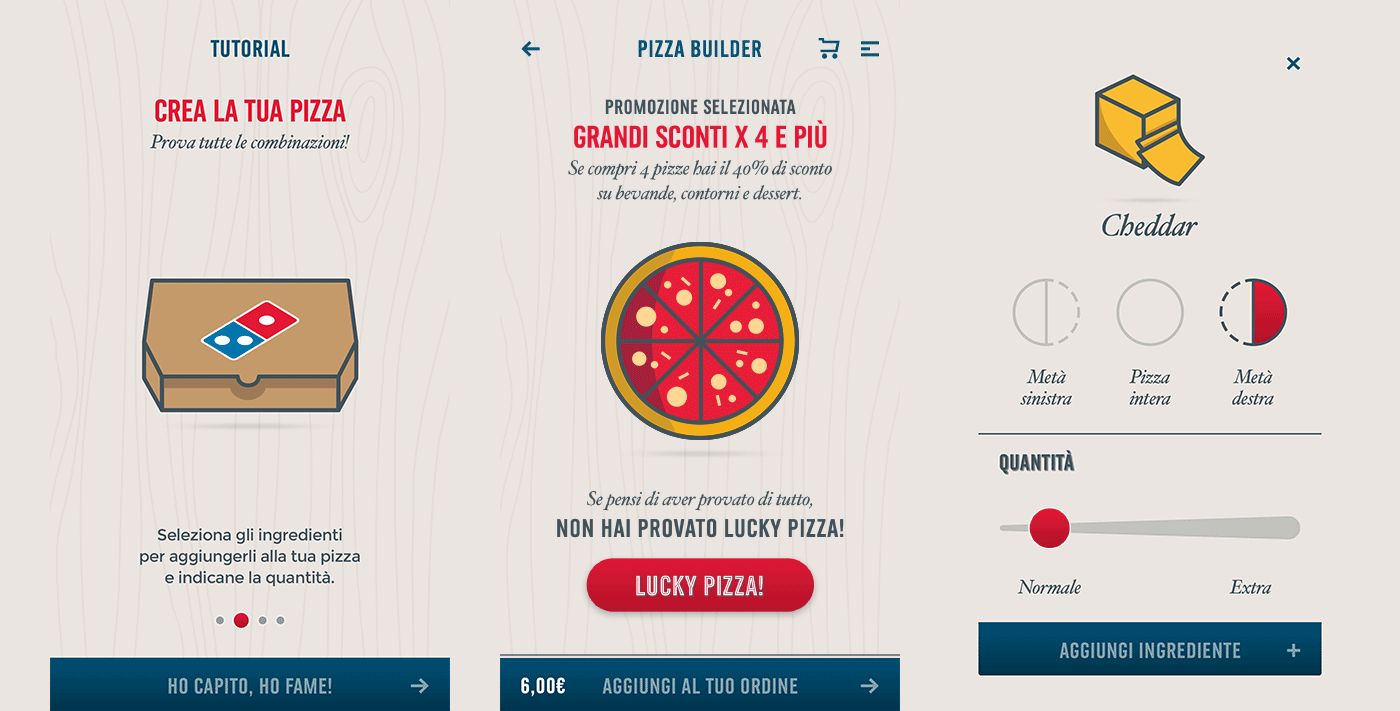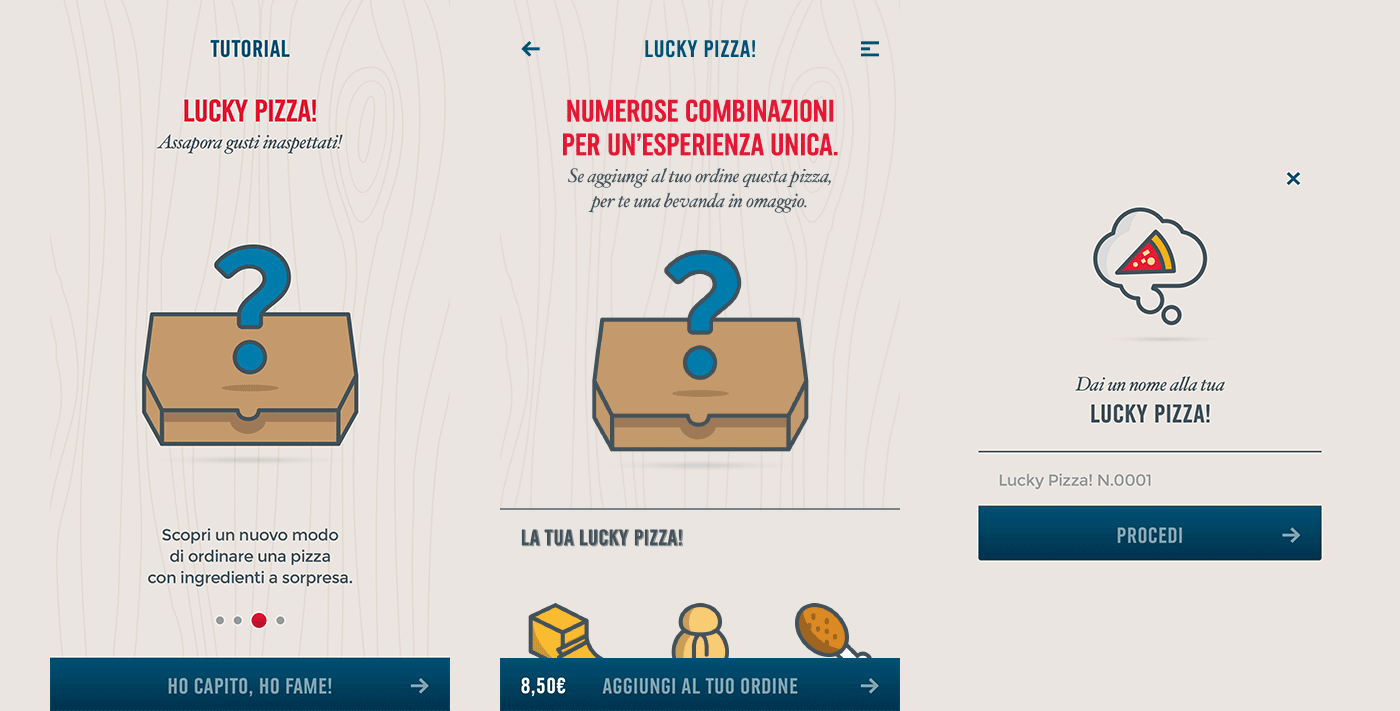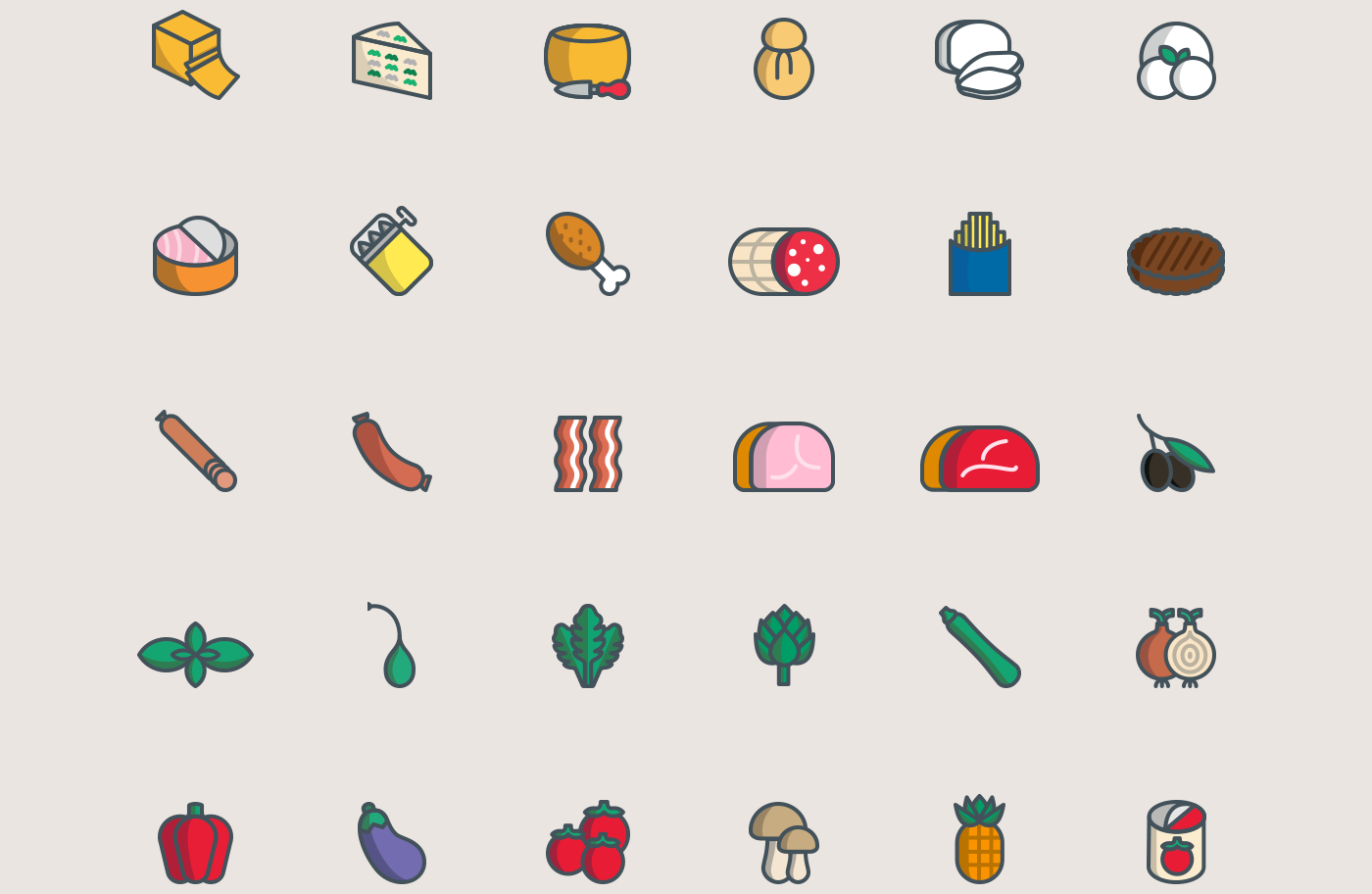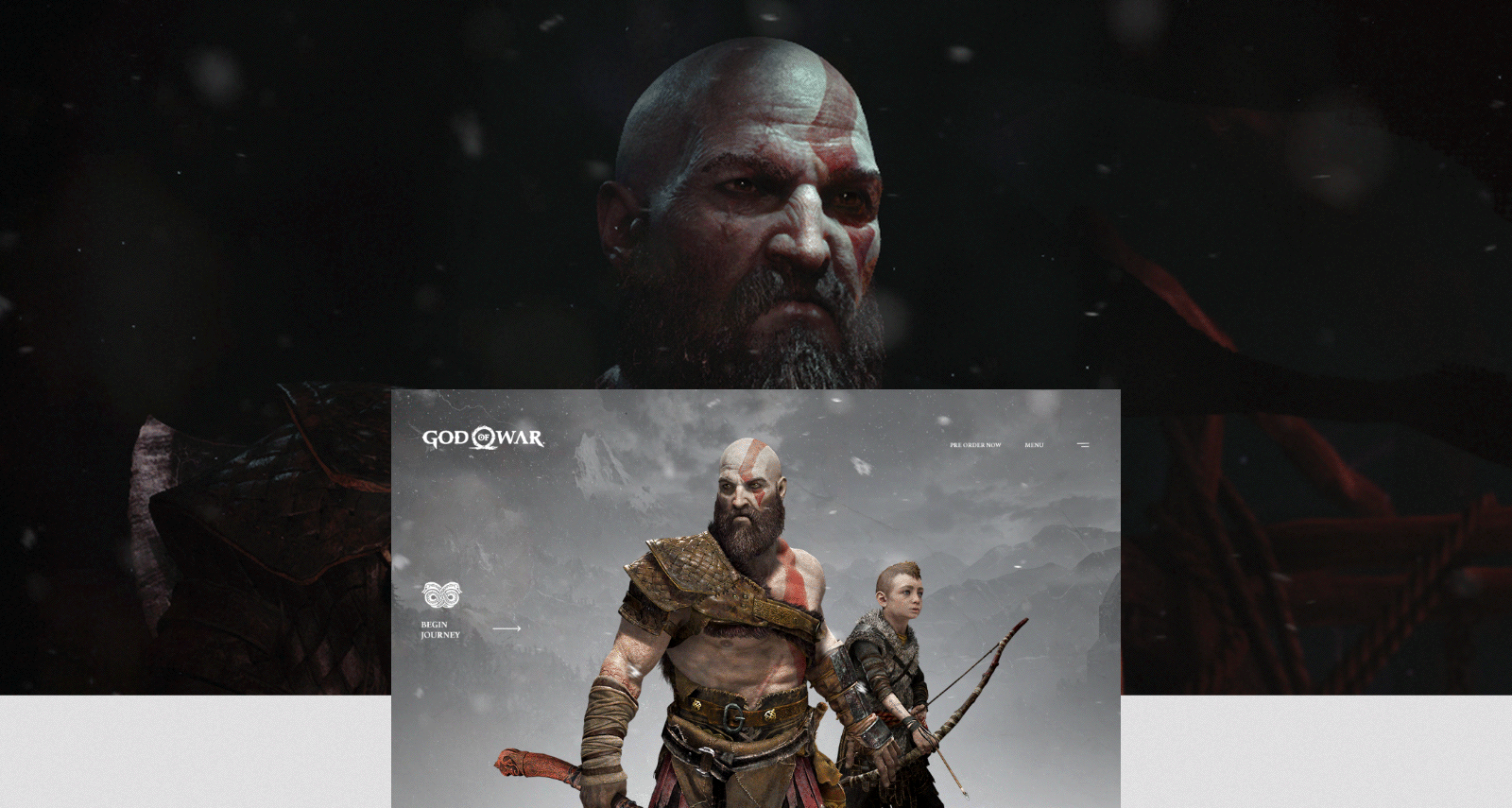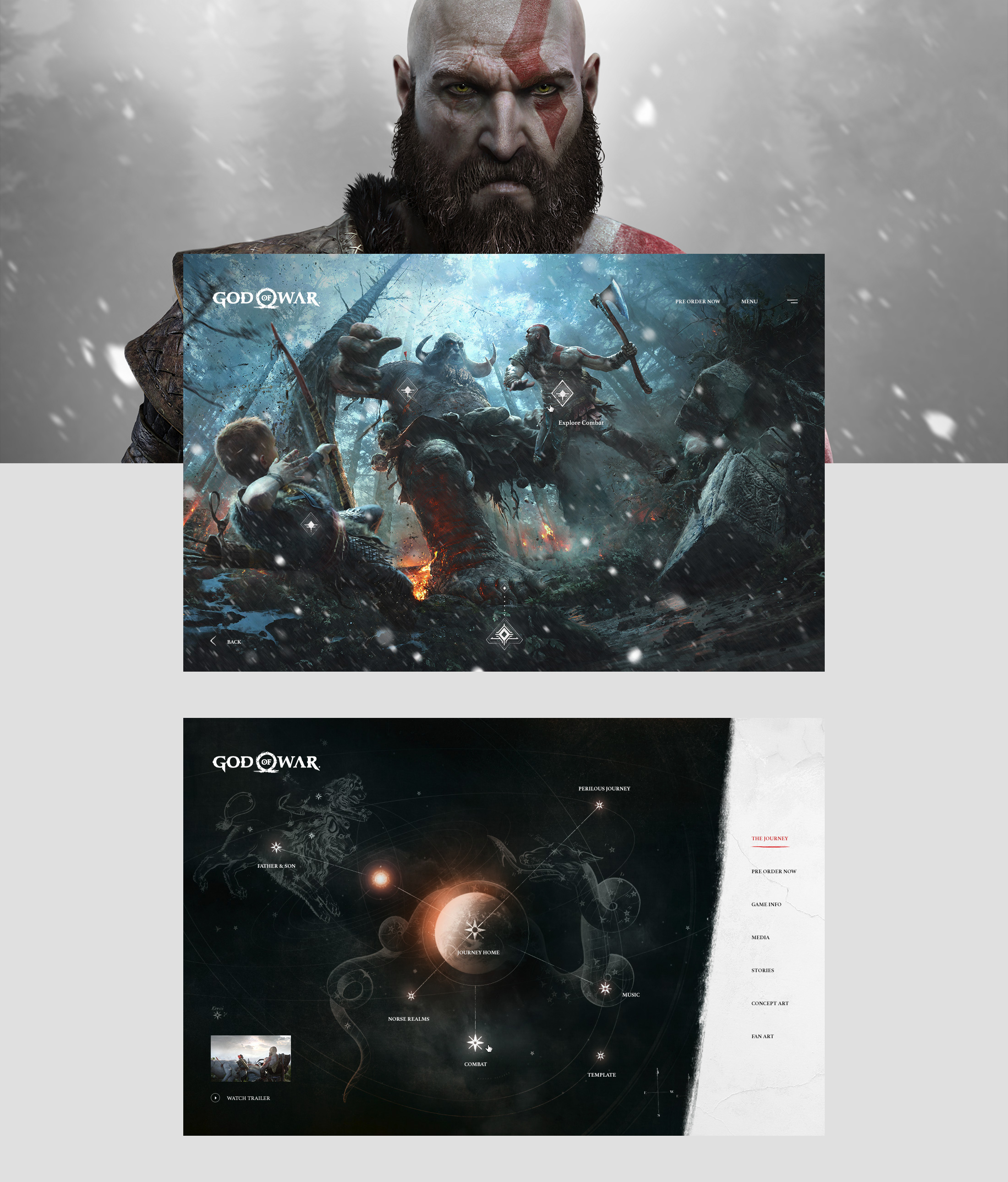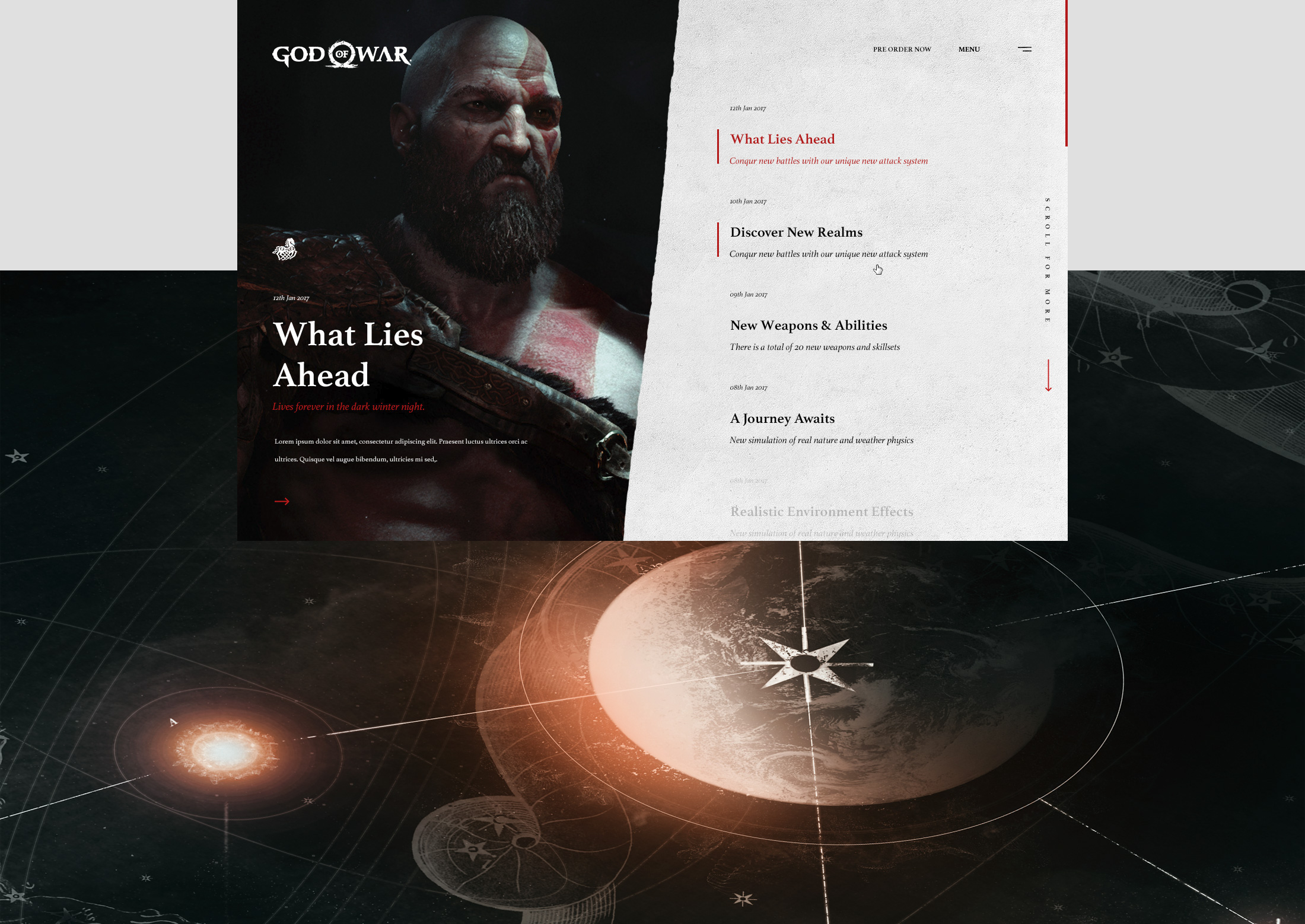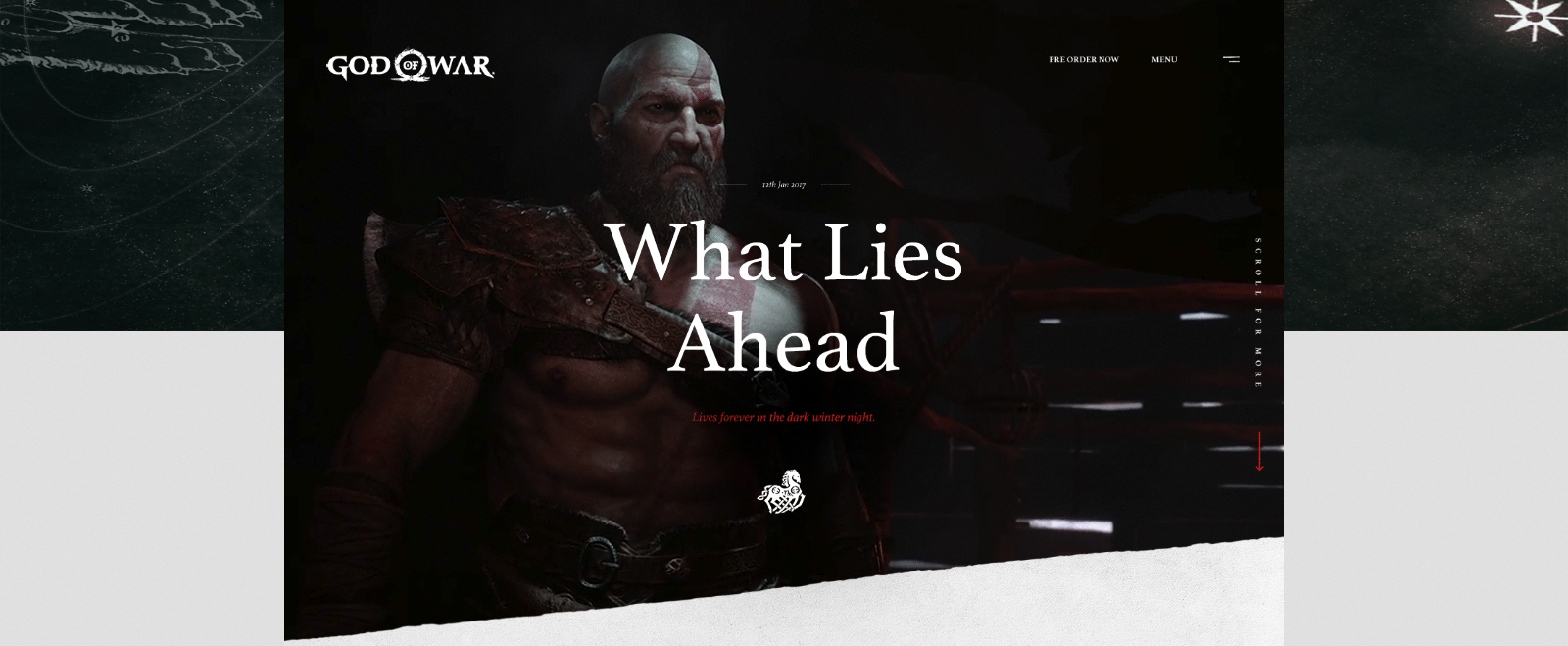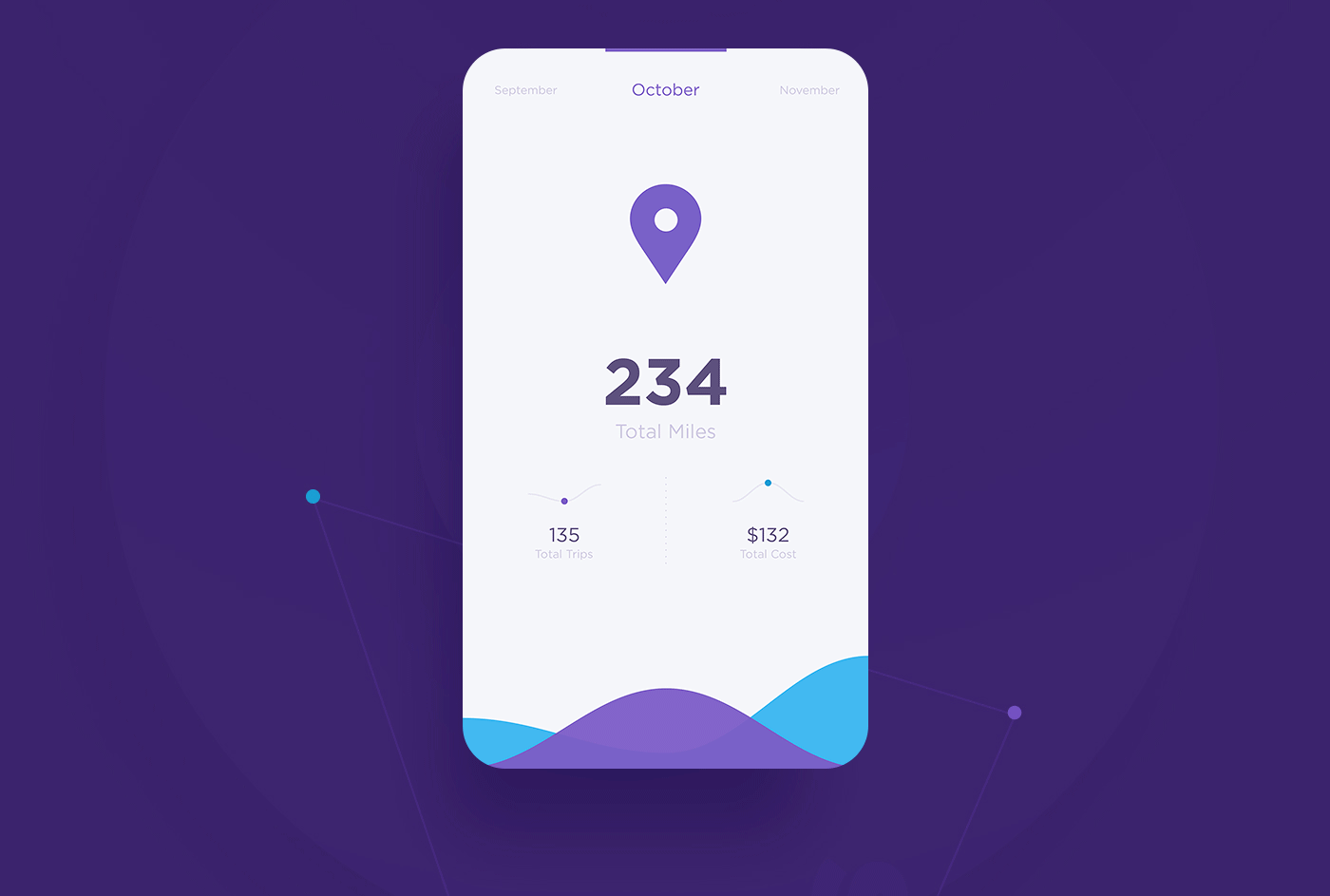June 22, 2017
Which Graduate Degree Gets You Out Of Debt The Fastest?
This article originally appeared on Priceonomics.
If you’re one of the 29% who feels their choice of major in college didn’t prepare them to secure the job they wanted after graduation, you may be considering graduate school as a shot at a do-over. Those seeking higher income may indeed find themselves better equipped after earning a graduate degree. But this second chance can come at a steep cost.
But is it worth it? And moreover, does it matter financially if you attend a prestigious graduate school or not?
One way of answering this question is to look at how much income you make after grad school compared to the amount of debt you’ve now accumulated. We decided to analyze data from Priceonomics customer Earnest, a financial services company, to see which advanced degrees produced graduates with the the most (and least) student debt and how that compared to their actual earnings after school.
We looked at the following graduate degrees: MDs (medicine), DDS (dentistry), Pharm D (pharmacy), MBA (business administration), JDs (law), Masters in Science or Engineering, Masters in Arts, and other masters degrees.
We found that medical professionals take on the most debt – even when their high salaries are accounted for – while MBAs enjoy a low debt burden relative to their income.
We also looked at the question of does the prestige of the school matter.
We found graduate program prestige comes with tangible financial benefits: for all disciplines except medicine, graduates of top-100 programs enjoy lower debt relative to their income upon graduation. This trend continues after graduation, with the exception of engineering graduate students, where students from less prestigious schools have more favorable debt to income ratios six years after graduation than their counterparts from higher ranked schools.
***
We first asked how much debt the typical graduate degree holder carries. This data is supplied by respondents looking to refinance their debt, so while it is self-reported, users must be reasonably accurate if they wish to receive realistic rate estimates. Average student loan debt – which comprises debt accumulated in college and graduate school – is reported for each degree type below.

Data source: Earnest
Future medical professionals – a category that includes doctors, dentists, and pharmacists – can expect to take on the most debt to finance their degrees. Future lawyers, too, take on six-figure debt to finance their degrees. Masters programs of all stripes are the cheapest, though graduates’ debt still ranges from around $60,000 all the way up to nearly $90,000.
This ranking lines up with degree program duration: MD programs typically take 4 years to complete, JDs 3 years, and full-time masters programs 1 or 2 years.
Even with a hefty price, a degree program may be worth it if it confers earning power to match. If we account for income, do doctors still have the highest debt compared to other graduate degree-holders?
To answer this question, we divided average debt by our respondents’ average self-reported income to calculate a debt-to-income ratio for each group of graduates. Debt-to-income ratios below 1 mean these degree-holders make more than they paid for their degree in one year. Values over 1 mean the degree cost more than what the typical graduate makes in a year.

Data source: Earnest
Even if we take income into account, medical professionals bear the greatest burden when it comes to paying for their degrees. These graduates make a solid income, but it’s not enough to balance out their formidable debt.
Graduates with Masters of Arts degrees take second place in our debt-to-income ranking despite paying the least for their credentials. These graduates can expect relatively low starting salaries that handicap their ability to pay down debt.
At the other end of the spectrum, MBAs enjoy the lowest debt-to-income ratio. These degrees are relatively affordable and confer high earning power.
The relationship between income and debt changes over time as graduates climb the career ladder and pay down their loans. We wanted to see how debt-to-income ratio changes as graduates establish themselves in their careers, so we broke our sample down by years post-graduation to chart a debt-to-income trajectory for each degree type.

Data source: Earnest
Graduates with all degree types experience a decrease in debt-to-income ratio after graduation, but in some professions, those ratios come down faster than in others.
Medical professionals have the highest debt-to-income ratio immediately after graduation. This is likely because MDs begin their careers in residencies, which are essentially low-paid apprenticeships lasting 3 to 6 years. Once residents become practicing physicians, they can expect comfortable six-figure salaries and subsequently make fast progress on their debt.
In contrast, MBAs have the flattest trajectories toward debt freedom. Though they have the lowest debt-to-income ratio across the entire post-graduation time period we considered, they make the least progress between years 1 and 11 after graduation.
The chart below zooms in on the last data point in our chart, ranking debt-to-income ratio for midcareer professionals 11 years removed from graduation.

Data source: Earnest
Even in the middle of their careers, graduates with Masters of Arts degrees earn relatively little compared to their debt. Costly law and medical degrees hold debt-to-income ratios near 1 for lawyers and doctors, as well.
Professionals with degrees in business, science, or engineering fare comparatively better, making comfortably more than the cost of their degree in one midcareer year.
Of course, all degrees aren’t created equal. Stanford’s Graduate School of Business, for example, grants its MBA recipients access to a higher-powered network than does the average public college. This advantage could translate to a real difference in earnings and, in turn, debt-to-income trajectory.
To see the difference grad school reputation can make, we broke our sample down based on whether a graduate’s degree program landed in the top 100 for their field, then charted debt-to-income trajectory over 11 years post-graduation.

Data source: Earnest
School reputation matters. Across a variety of disciplines, professionals who graduate from higher-ranked schools begin their careers with less debt relative to their income. And for the most part, this trend is still apparent a decade after graduation.
There’s one exception: medical professionals have more or less the same debt-to-income trajectory regardless of their school’s reputation. With respect to student debt, all medical degrees are created equal.
***
So if you’re seeking an affordable graduate degree that will boost your earning power, what should you do?
The “rich doctor” stereotype makes medicine look appealing, but it doesn’t do justice to the burden of financing an MD. Medical professionals take on an average debt near $200,000 to finance their degrees, and early in their careers, their income does little to offset their debt. Attending a more prestigious school doesn’t mitigate their high debt-to-income ratio; graduates of top schools pay just as much relative to their salary as grads from lower-ranked programs.
In contrast, the average MBA makes six figures after spending one or two years in graduate school. They typically take on around $90,000 in debt, but consistently enjoy a low debt-to-income ratio. This is doubly true for graduates of top-100 business programs, who enjoy the high income that comes with access to a high-powered alumni network.
Source: Visual News
June 22, 2017
Interaction Design & Illustration: Domino’s PizzAPP
Interaction Design & Illustration: Domino’s PizzAPP
Domino’s PizzAPP is an app where you can order your pizza by reading the traditional menu, by selecting each ingredient to create your own pizza, by experiencing the most innovative ways to order: Pizza Match and Lucky Pizza. Currently available in Italy, this is the work from the folks over Alkemy. The interaction design is putting a delicate and characteristic touch to the micro-interactions meanwhile the addition of the illustrations adds an overall simple approach for a very friendly experience.
Alkemy is a studio based in Milano, Italy. Where they will work in the fields of Consulting, e-Commerce, Creativity & Brand Strategy, Social Media, Content, UX & Design, Media & Performance and Technology. Make sure to check out their site at alkemy.com.
An unexpected experience is not only a foreign brand making pizza with Italian ingredients but also a mix of experiences that people can live thanks to Domino’s Pizza. And thanks to this App.
- Check out Alkemy’s site: alkemy.com
AoiroStudio
Jun 22, 2017
Source: Abduzeedo UI/UX
June 21, 2017
Improve Voice Recordings in Premiere Pro
Here’s how to get rid of unwanted background frequencies and improve your voice recordings.<p><i>Top image via Shutterstock.</i><p>Ensuring good, clean sound can …
Source: CW’s Flipboard Feed
June 21, 2017
Heartwarming Pictures of a Family and their Dog
Heartwarming Pictures of a Family and their Dog
Maddie is a well-known dog around this part of town. Back in 2013 we featured “Maddie the Coonhound Project” where she was seen doing all sorts of crazy things. Since then, her family kept posting beautiful pictures of their adventures in their Instagram.
She’s a well behaved and super loved dog, and goes around in all kinds of adventures with her family, which is amazing. These pictures are truly priceless. For more of them, please visit their Instagram and show Maddie some love! I hope you enjoy these! Cheers. 😉
PauloGabriel
Jun 21, 2017
Source: Abduzeedo Photography
June 21, 2017
Web Design & UI/UX for the God of War 4 game
Web Design & UI/UX for the God of War 4 game
Last week, they announced at E3, the very next instalment of the game God of War 4. It’s pretty exciting and stunned to witness their latest game to a newer console knowingly that the last game was dated from 2010! Aside from this release, we are looking at the work of Rolf Jensen on the web design and UI/UX (a year ago) in collaboration with Real Pie Media and Sony Interactive Entertainment. It’s quite a lovely overall design.
We are looking at the work from Rolf Jensen who is an independent design director based in New York, USA. Working mainly in art direction, web design and interaction, you should check out his Behance for more of his work.
These are some designs I created almost a year ago for Real Pie Media and Sony Interactive Entertainment. I wasnt allowed to put them on display publicly until now, so it’s been a while. I’ve tried to capture the essence of the hyper detailed in-game 3D renders instead of promoting pre-rendered stills with studio post production. Here it goes!
- Check out Rolf Jensen’s site: rolfjensen.no
- Follow Rolf on Behance
AoiroStudio
Jun 21, 2017
Source: Abduzeedo UI/UX
June 20, 2017
Dates Announced for the 2018 SXSW Gaming Conference & Festival: March 15-17

SXSW Gaming 2018 will officially take place in downtown Austin, Texas from Thursday, March 15 – Saturday, March 17.
2017 marked a monumental year for SXSW as we introduced the SXSW Gaming Conference & Festival for the first time ever. With over 46,000 gamers enjoying this year’s Gaming Expo, Gaming Awards, and jam-packed schedule of panels, meet ups, parties, and special events, 2018 will be a huge next step for the fastest-growing gaming festival in central Texas.
Highlights from SXSW Gaming 2017 included the return of Nintendo to Austin, SMUG taking home the Fighters Underground crown with the greatest of ease, Naughty Dog taking home 7 awards (including Video Game of the Year) for masterpiece title Uncharted 4: A Thief’s End, and epic performances for both the Cosplay Contest and official closing party featuring Alan Walker.
Interested in becoming a part of the SXSW Gaming community? Take a look at some of the ways you can get involved with next year’s event!
How To Get Involved for SXSW Gaming 2018
SXSW PanelPicker | June 26 – July 21
The SXSW PanelPicker serves as an open platform for the public to enter speaking proposals on their creative ideas for each year’s event. Whether you’re an industry professional or die-hard gaming fan, we want to hear your ideas on trends that will lead to the major conversations of tomorrow!
SXSW Gaming Awards | Opens August 1
The SXSW Gaming Awards celebrates the excellence found in gaming each year. If you have a game, or are working on an up-and-coming project, then mark your calendars for the launch of SXSW Gaming Awards applications on August 1, 2017.
The SXSW Gaming Awards are meant for both professionals and indie developers alike. Explore the results of the 2017 SXSW Gaming Awards, and see what you can look forward to experiencing at next year’s event.
SXSW Gaming Competitions | Opens August 1
SXSW Gaming will introduce and host a variety of competitions for both industry professionals and fans in 2018. The first of these will be revealed later this year with applications opening up on August 1, 2017.
Interested in keeping up with SXSW Gaming? Follow us @SXSWGaming on Twitter, Instagram, and Facebook, as well as register for the official SXSW Gaming newsletter so that you never miss a beat.
Photo by Lauren Lindley
The post Dates Announced for the 2018 SXSW Gaming Conference & Festival: March 15-17 appeared first on SXSW.
Source: SxSW Film
June 20, 2017
Q&A: HOW HUBSPOT KEEPS ITS CONTENT MACHINE RUNNING
This article originally appeared on Column Five.
From ideating and writing to editing and managing, HubSpot Marketing Blog Editor Carly Stec knows a thing or two about the value of content—and what it takes to create it. In our latest Q&A, she shares her thoughts on the keys to great content, the trends she’s most excited about, the challenges of managing a major brand publication, and why sometimes you should just hit publish.
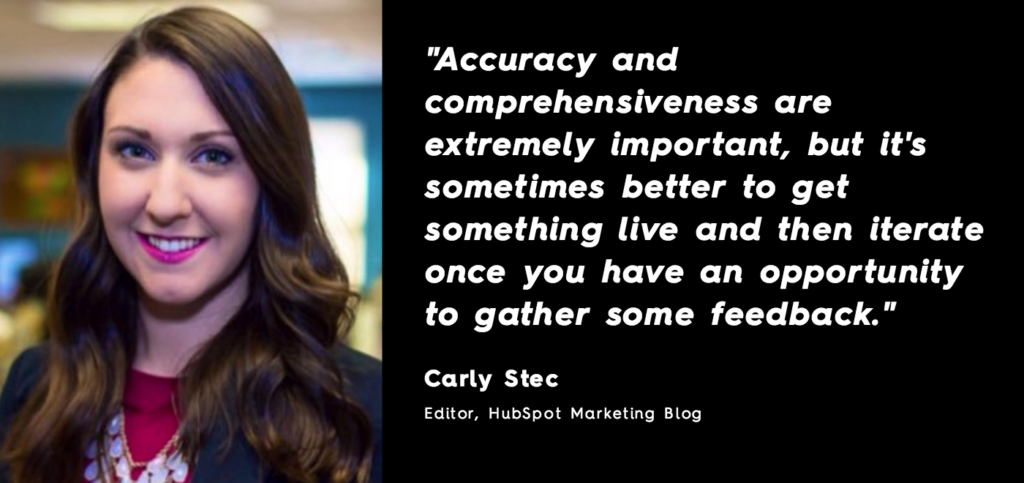
C5: Tell us a bit about your role. What do you do at HubSpot?
CS: I’ve been the Editor of HubSpot’s Marketing Blog for a little over a year now. Previously, I held a seat on this team as a writer—contributing to both our marketing and agency publications.
In the editor role, I oversee the editorial strategy and vision for the marketing section of the blog. This includes providing feedback to our contributors (both internal and external), generating post ideas to feed our pipeline, working across teams to organize campaigns, optimizing our content for both search and lead generation, and conducting experiments and analytical projects designed to improve
That said, I’ve recently stepped away from the day-to-day editing a bit to focus on some larger blog team projects: our blog redesign and our email subscription overhaul. These are two high-impact projects that I’m really excited to have a chance to work on. So … stay tuned! We’ve got some really interesting updates in store for our audience in those areas.
C5: What role does content play in your overall branding and marketing efforts?
CS: To say that content plays a meaningful role in HubSpot’s branding and marketing efforts would be an understatement. After all, it’s the sole reason why my team exists: We are, quite literally, the content team. And there are a lot of us. The bloggers. The multimedia content strategists. The podcast crew. The Medium folks. The Inbound.org team. We’re all creating original content for our respective audiences on a daily basis.
But content creation exceeds the limitations of just our team—it’s truly engrained in everything we do here at HubSpot. We use content to get found by our potential customers. We use content to help solve our existing customers’ problems. We use content to train our teams and partners. We use content to attract new talent. We’re sort of known for it.
And the best part? We’re always experimenting to find new ways to make content work for us and our audience. We’ve recently started testing out “posts as podcasts” as a way to introduce audio into our traditional, text-based blog posts. We’re messing around with video recaps there, too.
C5: What does your team look like?
CS: As I mentioned before, I work on a pretty large content team. But my particular role falls under the blogging subset of that team. On the blogging team, we have seven full-time employees that span across our two main blogs—Marketing and Sales—as well as our agency division.
I work under our Managing Editor, Emma Brudner, who oversees all of the publications. Each blog has a respective editor (that’s where I come in) who then works directly with the team of writers to plan and execute on the editorial calendar. It’s a great mix that’s worked out really well for us.
C5: How do you measure results?
CS: Our team looks after two main metrics: traffic and leads. Recently, we’ve shifted our focus to sit a little higher up at the top of the funnel, so traffic often takes priority when we’re mapping out our editorial efforts for any given month.
Aside from those two, there are a lot of little things we make note of—maybe something we write gets picked up by another publication or it takes off on a particular social channel. Those mini victories are important to acknowledge because the more in-tune you are with what works, the easier it becomes to replicate those successes.
C5: Which marketing trends are on the horizon within the next year?
CS: Ephemeral content, live streaming, and bots.
Personally, I’m looking forward to seeing ephemeral content take shape and find its place this year. Coming from someone whose job it is to fine-tune content before publishing, I’m really intrigued by the raw, unpolished nature of content that simply disappears. The other really interesting thing about ephemeral content is that it demands your attention. Think about it: if you blink, you might miss it. And in a world of eight-second attention spans, this concept presents a unique advantage for marketers that get it right.
C5: What have been the most valuable lessons you’ve learned about content creation/management over the last few years?
CS: 1) Know when to just ship it. People often spend far too long obsessing over all of the little details. Accuracy and comprehensiveness are extremely important, but it’s sometimes better to get something live and then iterate once you have an opportunity to gather some feedback.
2) Scale up gradually. You have to be realistic about what you want to produce and what you actually have the time to produce well. The quality/quantity debate is a tricky space to navigate, but I always lean in favor of quality. Remember: People want to come back to blogs that offer consistent content—in terms of volume and value—so don’t bite off more than you can chew.
3) You’re going to spell things wrong … and people are going to call you out on it. Life goes on 
C5: What are some of the biggest challenges in maintaining a big brand publication?
CS: I’m willing to bet that a lot of people would assume the biggest challenge I face is coming up with enough post ideas to support our editorial pipeline, but that’s not actually the case. Instead, it’s managing and organizing all of the ideas that we do have that’s proven to be really challenging.
The thing about running a big brand publication is that there are a lot of moving parts. We have ideas sourced from our team’s internal brainstorm, requests for campaign support from our larger marketing team, external guest contributions, etc. So finding a way to organize all of these ideas in a simple, streamlined way is a big undertaking—especially as our team scales. Right now, we’ve landed on Trello as the best place to house our backlog of ideas—as well as our publishing schedule for the next few weeks—but I think this is something we’ll have to iterate on as our strategy matures.
Another challenge? Building and documenting a process for everything we do. I was lucky enough to inherit a really exhaustive written style guide when I stepped into this role, and it’s made training new writers and maintaining a consistent voice across all of our content a lot easier.
But we’re constantly presented with new challenges that force us to stop, think, and make a decision that we all agree on as a team. For example, what are the guidelines around selecting stock imagery? How do we want to talk about product XYZ? How should we think about CTA alignment? These are all important considerations, and as our team grows, the need for documentation in these areas becomes more and more apparent.<
C5: How much content are you personally creating versus managing?
CS: Truth be told, it’s been a while since I’ve sat down to write a blog post. But what I’ve learned by taking a break from writing to explore editing and content management is that that muscle doesn’t go away. It takes a long time to “find your flow” as a writer, but once you do, everything sort of just clicks.
C5: What makes content great?
CS: I view great content through two lenses:
- Content that solves a problem.
- Content that is memorable.
Content that solves a problem might not come equipped with a super sexy title or a stunning visual element, but if it answers a question that someone has in a really clear and concise way, it’s a win. It’s great because it’s valuable.
Content that is memorable is an entirely different beast. Memorable content is the type of content you can’t wait to run and tell your friend, spouse, colleague, or mom about. It’s the type of content that makes you feel something—whether that be inspired, mad, sad, frustrated, motivated, validated … whatever.
The challenge here? You have to learn when and where each type makes the most sense. Strike that balance right and you’ll be in great shape.
C5: What type of feedback do you find yourself giving marketers/writers most frequently?
CS: “Learn how to anticipate the reader’s next question, and answer it before they can ask it.”
For us, this is the key to comprehensiveness and quality. If we want to write the best piece of content on the Internet about topic XYZ, we have to cover all the bases. I think a lot of the time it’s difficult for people that are writing for a professional audience to get out of their own head. They make assumptions based on what they already know about a topic but don’t stop to consider how the information might translate to someone who’s less informed. This is often referred to as the “curse of knowledge,” and it can be really tricky for people to overcome it.
C5: What are the most rewarding and frustrating parts of your job?
CS: Quite simply, I really enjoy helping people. I love helping our readers get better at their jobs. I love helping our team hit goals we didn’t think we stood a chance against. I love helping writers hone their strengths and shake their bad habits. To me, that’s the most rewarding part.
That said, the most frustrating part has been coming to terms with the idea that blogging isn’t an exact science. I’m very process-driven—I love to have a game plan so I can anticipate a certain set of outcomes. But that’s not the way blogging works. It’s actually really messy. Sometimes the post you pour your heart and soul into comes up short. And more often than not, the posts you don’t expect to take off, well, they do. The key here is to take note of what happens, what works, and what doesn’t work, and learn from i—even when things don’t go according to plan.
C5: Who are some writers that you really look up to and find yourself regularly inspired by?
CS: I really admire Ann Handley’s authenticity. I think her approach to writing is refreshing and a little quirky, but always clear. She was one of the first marketers I felt inspired by—and she remains one of my favorites to this day.
If you haven’t already read “Everybody Writes,” go pick up a copy.
C5: What one piece of advice would you give someone interested in getting into content marketing?
CS: Start writing a little something every single day. It’s much easier to ease into the habit than it is to force it all at once. Even if the world of content marketing is heading in a more video/audio direction, being able to articulate your thoughts or an idea well will always be important.
Many thanks to Carly for sharing her thoughts. Follow her posts on the HubSpot blog to keep up with her. For more wisdom from game-changers in content marketing and content strategy, check out these Q&As:
- Course Hero shows us how to build a brand through user-generated content.
- CoSchedule shares the content strategy that increased traffic six-fold.
- Jeff Marcoux of Microsoft chats about implementing an Account-Based Marketing strategy.
- Business Insider’s Mike Nudelman tells us what publishers want from your content.
- LinkedIn’s Alex Rynne explains how to use LinkedIn to build your personal and professional brand.
Source: Visual News
June 20, 2017
Clever Illustrations by Christoph Niemann
Clever Illustrations by Christoph Niemann
Back in 2010 we featured some clever artworks by Christoph Niemann in which he used Google Maps as his canvas. Today, we’re updating you on his latest work, which is pretty incredible and witty.
Christoph takes everyday elements, mundane things and make ’em part of super clever illustrations. His capacity of abstraction is such that he was featured in Netflix’s “Abstract – The Art of Design“. So, check out a selection of his latest pieces below and watch the documentary whenever you get the chance! Cheers. 😉
PauloGabriel
Jun 20, 2017
Source: Abduzeedo Illustration
June 19, 2017
Inside the Making of Preacher with Seth Rogen, Garth Ennis and Sam Catlin [Video]
“One year ago we showed the pilot here and in what was one of the most stressful days of my entire life. But it went well, thank God. And we’re back,” said SXSW Featured Speaker Seth Rogen.
In this SXSW 2017 session moderated by Terri Schwartz, Executive Producers Seth Rogen, Sam Catlin and Garth Ennis discuss the making of AMC’s supernatural drama Preacher, based on the popular comic book, including directing the series’ action-packed scenes and closely adapting the show from the comics in season two, which debuts Monday, June 25 at 10pm ET/9pm CT.
Rogen has emerged as a prominent figure in a new generation of multi-hyphenates, as an actor, writer, producer and director with the ability to generate copious material. Rogen has often said that he loves SXSW as it is the only festival that takes comedy seriously. He has had many other projects premiere at the SXSW Film Festival including Observe and Report (2009), Neighbors (2014), Sausage Party (2016), plus The Disaster Artist which was wildly popular at this year’s festival. We remain big fans of his work, comedic or dramatic, and look forward to sharing it with our audiences in the years to come.
As for Preacher’s other collaborators, Catlin had several producing roles and writing credits in AMC’s, Breaking Bad. Ennis is the creator of the comic book which Preacher is based on and has written several other popular comics that have been adapted for the big screen including Punisher and Ghost Rider.

Explore More Content From SXSW 2017
Get inspired by a multitude of diverse visionaries at SXSW – browse more 2017 Keynotes, Featured Sessions, Red Carpets, and Q&A’s on our YouTube Channel.
Follow us on Facebook, Twitter, Instagram, and SXSW News for the latest SXSW coverage, recaps, late-breaking announcements, and updates.
Photo courtesy of Joel Pena.
The post Inside the Making of Preacher with Seth Rogen, Garth Ennis and Sam Catlin [Video] appeared first on SXSW.
Source: SxSW Film
June 19, 2017
Website and App Design: Mileage Tracker
Website and App Design: Mileage Tracker
An app design that combines a user-friendly interface and at the same time giving a smooth experience sounds about right. If you know how this kind of apps are usually is boring with infinite dropdown scrolling on mobile. Meanwhile with this Mileage Tracker that can easily track your mileage and also providing an easy and minimal approach to simply put it on top. Last thing is the micro-interactions for the app for the “drives report” is kind of clean and intuitive with the swiping.
Dtail Studio is a studio that specializes in Product Design & Visual Identity based in Irvine, California. They also work in UI/UX design, Identity, Mobile Apps and Web Design for Startups and Businesses. Check out their profile on Behance.
Mileage Tracker Website & Application Design
Project Gallery
More Links
- Check out Dtail Studio’s site: dtailstudio.com
- Make sure to follow Dtail Studio on Behance
AoiroStudio
Jun 19, 2017
Source: Abduzeedo UI/UX


